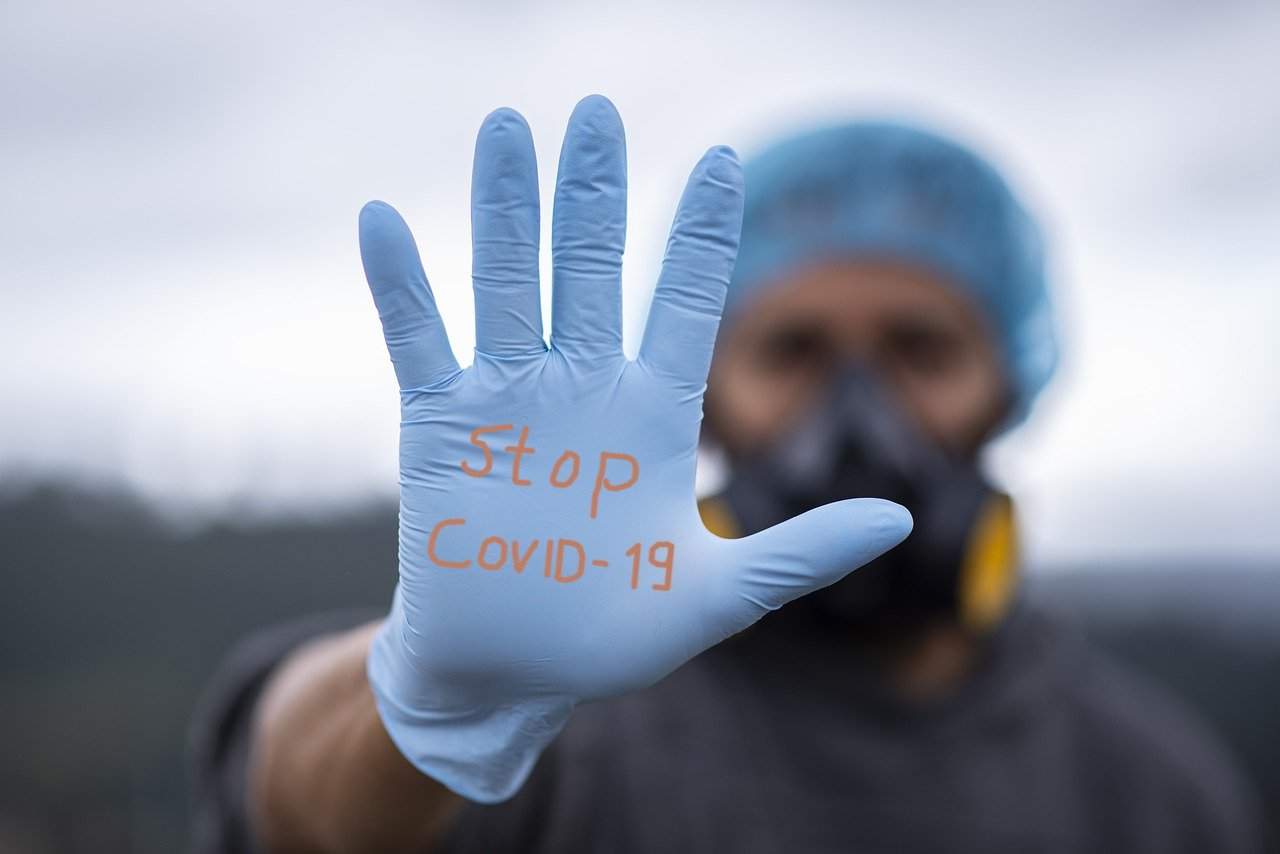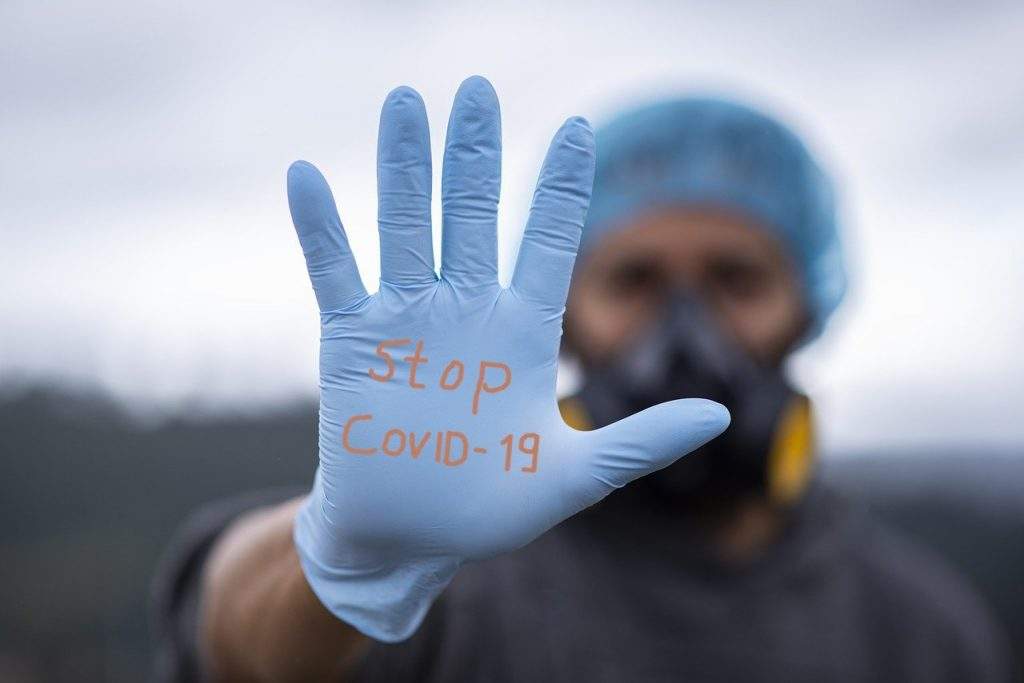
COVID-19 Diagnostic and Launch of New Diagnostic Tests: Everything You Need to Know
There was a time when used to imagine what it would be to live in the world filled with zombies or how we could live after the use of bioweapons. Today, we hardly have to imagine as it has been more than 9 months since people locked themselves up in their houses, are afraid to go out, and the end is nowhere near.
The horror that started in Wuhan, China now has spread across the globe, and healthcare infrastructure, even in the developing country, is on the verge of a breakdown. The first confirmed case of the infectious disease severe acute respiratory syndrome coronavirus 2 (SARS-CoV-2) was recorded on 17 November 2019 and as of 6 August 2020, the virus is spread across 188 countries, causing more than 706, 000 deaths across the world. The sad part is that no country is even close enough to develop a vaccine for it.
Chinese scientists found a way to isolate a strain of coronavirus and published the genetic sequence, allowing scientists across the globe to develop PCR tests to detect the virus. The RT-PCR technique is observed to be quicker and accurate than a nasal swab and involves less risk to the healthcare professional. Apart from these, chest CT scans are found to be helpful for COVID-19 diagnostic. However, CT scans are not recommended for routine screening. Along with this, blood tests are also recommended, but the blood test requires two blood samples taken two weeks apart.
Types of COVID-19 diagnostic methods
rRT-PCR
The World Health Organization (WHO) has declared several testing protocols and real-time reverse transcription-polymerase chain reaction (rRT-PCR) is regarded as the standard method. PCR is a process that replicates small, well-defined DNA hundreds of thousands of times to create enough samples for analysis, and reverser transcription converts RNA into DNA. Thus, RT-PCR is used to detect COVID-19 which contains the only RNA and requires only a few hours.
Isothermal amplification assays
These tests amplify the virus’s genome and are quicker than PCR as it does not involve frequent cooling and heating cycles. Isothermal amplification assays detect DNA using fluorescent tags that are read with specialized machines such as CRISPR.
Antigen
Antigen is a part of a pathogen that depicts the immune response. The antigen tests search for antigen proteins. In the case of COVID-19, these tests look for the proteins from surface spikes. Apart from PCR, antigen tests are expected to increase the scale of testing as compared to RT-PCR these tests take less time and do not require trained personnel.
Still in the pipeline
As there is no viable vaccine available, early diagnosis is the best shot for saving patients’ lives. Even though RT-PCR and antigen tests are promising, the false-negative tests and longer time for results have forced scientists to look for another option for COVID-19 diagnostics, boosting the Covid-19 diagnostics market growth. According to Allied Market Research, the global Covid-19 diagnostics market is expected to reach $780 million by the end of 2020.
So far at least 20 companies have made public their plants to develop “molecular point-of-care” tests. The majority of these tests aim to cut down the workload of healthcare professionals and get results in a half-hour. For instance, Cepheid, one of the major diagnostic companies, has a COVID-19 diagnostic kit in the pipeline.
In addition, various companies have invested in developing CRISPR-based diagnostics for detecting coronavirus under an hour without involving too many healthcare personal and lab instruments. Mammoth Biosciences has recently published that it has been developing a diagnostic test for COVID-19 that works with paper test strips that are widely used for drugstore pregnancy tests.
T2SARS-CoV-2 Panel
T2 Biosystems has recently launched T2SARS-CoV-2 Panel, a COVID-19 molecular diagnostics test that has shown promising clinical performance. The panel uses nasopharyngeal swap samples to offer diagnostic results in less than 2 hours instead of days. The company has stated that the test is being commercially distributed after the FDA approval of Emergency Use Authorization. The clinical testing has demonstrated a sensitivity of 95% and specificity of 100% on known positive and negative patients.
To encourage companies and startups to find accurate and commercialize a better diagnostic test, the U.S. National Institutes of Health (NIH) has announced a $1.5 billion initiative. Francis Collins, NIH Director stated that the world is in desperate need of improved diagnostics tests and until an effective vaccine is rolled out, the technologies launched by healthcare companies would play an instrumental role in getting the world back to normal.
The COVID-19 pandemic hurts everyone in a different and unique way, economies witness downfall, kids are behind in their education, people are losing jobs, and there is a potential threat outdoor. Most people do not have health insurance, many people don’t have sick leaves, and the geriatric population is bearing the biggest load. However, until the government rolls out an effective vaccine and companies unveil quicker and accurate diagnostic test, we are all in this together, for better or for worse.
















